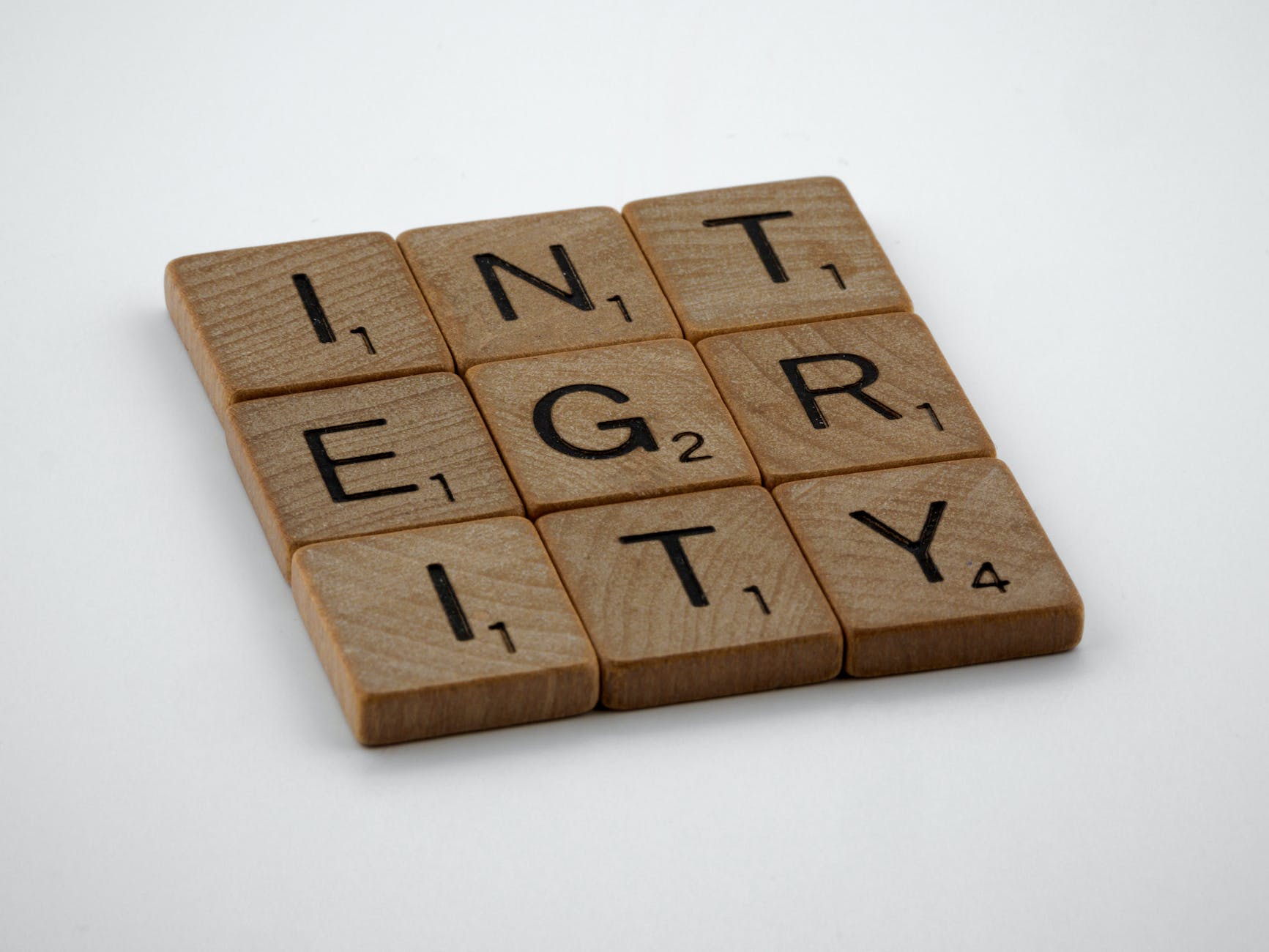What is Workplace Bullying? Tips for Recognizing & Addressing It

Workplace bullying is a serious problem that can have serious consequences for both employees and employers. It is defined as any kind of behaviour that intimidates, degrades, humiliates, offends, or isolates an employee. It can include physical violence, verbal abuse, or psychological manipulation. It is generally a pattern of behaviour that takes place over time.
What is Workplace Bullying?
Workplace bullying is a form of workplace aggression that involves the use of physical, verbal, or psychological aggression to intimidate or control another person. It can take many forms, including verbal, physical, or psychological abuse, manipulation, or exclusion. It can be directed at an individual or a group of people, and it can happen in any working environment.
Workplace bullying is different from other forms of aggression because it is often subtle, insidious, and difficult to recognize. It can be hard to know what is and isn’t workplace bullying, and it is often difficult to confront the bully. That is why it is important to be aware of the signs of workplace bullying and to understand the effects it can have on employees.
Types of Workplace Bullying
Workplace bullying can take many forms, including:
- Verbal abuse: This includes name-calling, mocking, insulting, or belittling someone.
- Physical aggression: This can involve pushing, hitting, or any other form of physical violence.
- Psychological manipulation: This can involve using threats, intimidation, or manipulation to control or intimidate someone.
- Social exclusion or isolation: This can involve excluding someone from conversations or activities or isolating them from their peers.
- Work sabotage: This can involve damaging property, stealing, or sabotaging someone’s work.
Effects of Workplace Bullying
Workplace bullying can have a serious and lasting impact on its victims. It can lead to physical and emotional distress, including depression, anxiety, and feelings of isolation. It can also lead to decreased productivity, increased absenteeism, and a lack of motivation.
In extreme cases, workplace bullying can lead to violent outbursts and even suicide. It can also have a negative impact on the workplace as a whole, as it can lead to decreased morale, increased turnover, and a hostile work environment.
Signs of Workplace Bullying
Workplace bullying can be difficult to recognize, as it is often subtle and insidious. However, there are some signs to look out for that may indicate that someone is being bullied. These include:
- Changes in behaviour: If someone changes their behaviour suddenly or drastically.
- Withdrawal from activities: If someone is avoiding activities or social situations.
- Physical symptoms: If someone has physical symptoms such as headaches, stomach aches, or sleeping problems.
- Anxiety and depression: If someone is exhibiting signs of anxiety or depression.
- Changes in work performance: If someone’s work performance changes suddenly or drastically.
How to Address Workplace Bullying
If you suspect that someone is being bullied, it is important to take action. The first step is to talk to the person who is being bullied and find out what is happening. If you are an employer, it is important to have a policy in place for addressing workplace bullying. This policy should include clear guidelines for how to report incidents, how to investigate them, and how to respond.
Strategies for Dealing with Workplace Bullying
If you are the target of workplace bullying, there are a few strategies you can use to deal with it. First, document the incidents. This will help you to identify patterns and to provide evidence if you need to take action.
Second, talk to someone you trust. This could be a friend, family member, or trusted colleague. Talking to someone can provide emotional support and help you come up with a plan of action.
Third, if the situation is escalating or if you feel unsafe, contact HR or a supervisor. They can help you to address the problem and take action.
Policies for Preventing Workplace Bullying
If you are an employer, it is important to have a policy in place for preventing workplace bullying. This policy should include clear guidelines for how to identify and report incidents, how to investigate them, and how to respond.
The policy should also include a zero-tolerance policy for bullying. This means that any form of bullying or harassment is not acceptable, and any reports will be taken seriously and addressed quickly.
Finally, the policy should include training for managers and employees on how to recognize and address bullying. This will help to ensure that everyone in the workplace is aware of the policy and is able to take action if necessary.
Resources for Supporting Victims of Workplace Bullying
If you are the victim of workplace bullying, there are a few resources available to help you. If you feel unsafe or if the situation is escalating, you can contact HR or a supervisor.
Conclusion
Workplace bullying is a serious problem that can have serious consequences for both employees and employers. It is important to be aware of the signs of workplace bullying and to understand the effects it can have on employees. It is also important to have a policy in place for recognizing and addressing workplace bullying. If you are the victim of workplace bullying, there are resources available to help you.
It is essential that employers take steps to recognize and address workplace bullying. Having a clear policy in place and training managers and employees on how to recognize and address bullying can help to create a safe and healthy work environment. By taking the time to recognize and address workplace bullying, employers can help to ensure that their workplace is free from harassment and bullying.
Workplace Bullying issue? Contact Jolasers to discuss your workplace bullying issues.
Stephen Oliver 0418 101 164
stephen.oliver@jolasers.com.au
Youtube Bullying Vid https://jolasers.com.au/what-is-workplace-bullying-tips-for-recognizing-addressing-it/?feed_id=406&_unique_id=63f33bd27db3a





